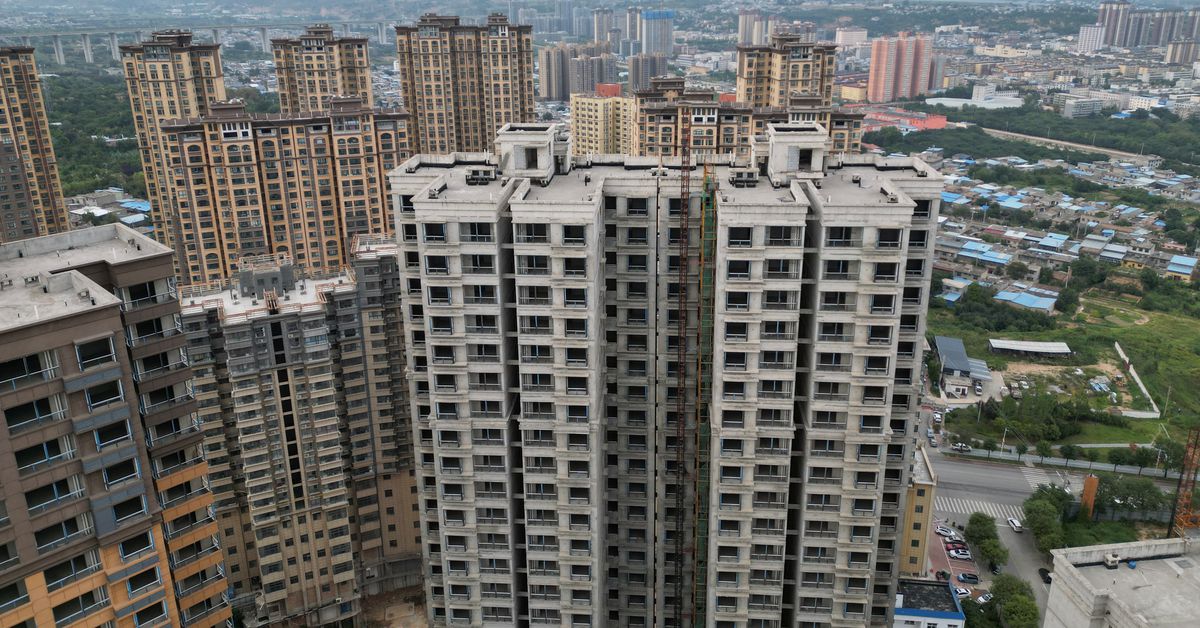Even China’s population of 1.4 billion would not be enough to fill all the empty apartments littered across the country, a former official said on Saturday, in a rare public critique of the country’s crisis-hit property market.
China’s property sector, once the pillar of the economy, has slumped since 2021 when real estate giant China Evergrande Group (3333.HK) defaulted on its debt obligations following a clampdown on new borrowing.
Big-name developers such as Country Garden Holdings (2007.HK) continue to teeter close to default even to this day, keeping home-buyer sentiment depressed.
As of the end of August, the combined floor area of unsold homes stood at 648 million square metres (7 billion square feet), the latest data from the National Bureau of Statistics (NBS) show.
That would be equal to 7.2 million homes, according to Reuters calculations, based on the average home size of 90 square metres.



It’s not 15 or 20 years ahead of time, though. The “ghost cities” came alive within only a few years; for example, this page points to Zhengdong New District, which was singled out as a ghost city by 60 Minutes in 2013. It had a population of 5 million seven years later. For district development (as opposed to constructing a single building), seven years is nothing.
Coming back to their current property crisis: let’s assume the article is correct that there’s an excess of 7 million homes. We can plug this into China’s current urbanization rate, and suppose China will get to South Korea’s urbanization rate in 20 years (that’s roughly how far they’re behind SK, by GDP per capita). At one home for every 3.5 people, they need 3.4 million homes per year on average. So they have overshot by about 2 years, which is hardly going to make buildings crumble.